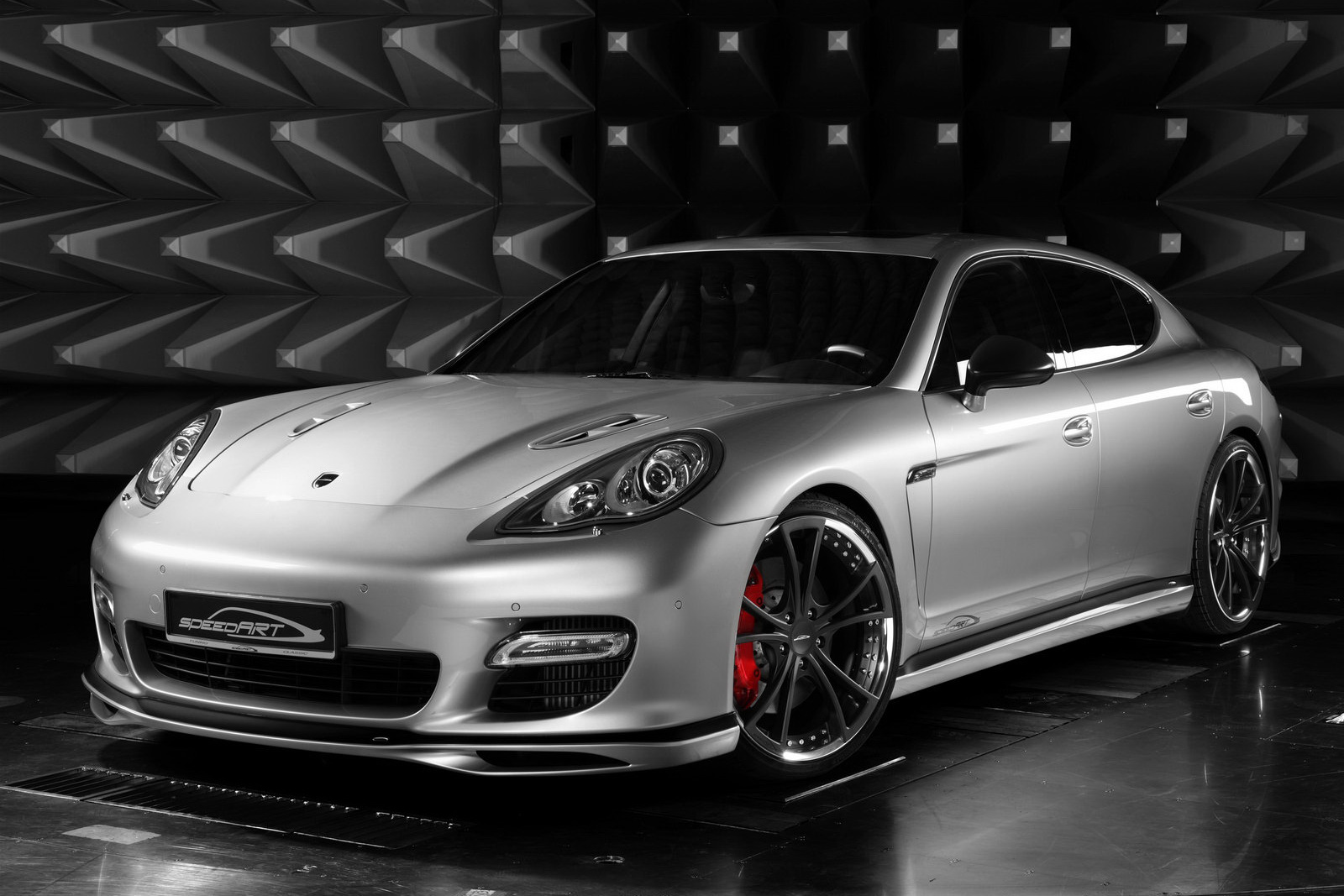
2008 Volvo S40 T5 Sedan Shown
German car companies have long been the dominant players in the entry-level luxury sport sedan market. The Volvo S40, introduced to the North American market in 2000, was the Swedish brand's first stab at stealing some market share. Though it had its shortcomings, the S40 was a decent small sedan that helped redefine Volvo's image. Instead of the standard boxy shape once associated with Volvos, the S40 had a sleeker silhouette and was pretty fun to drive.
Volvo released the improved second-generation S40 midway through 2004. Styling is sportier and more refined, as are the car's ride and handling dynamics. Additionally, there are now two engine choices, including a 218-horsepower turbocharged five-cylinder known as the T5. Though it still doesn't have the prestige or athleticism of its German competition, the latest Volvo S40 costs less and still offers plenty of refinement, comfort and style.
The Volvo S40 is available as a compact luxury sport sedan. (A related wagon variant is called the V50.) There are two trim levels for the S40. The front-wheel-drive 2.4i trim comes with a 2.4-liter five-cylinder engine that makes 168 hp, and comes standard with a five-speed manual transmission. A five-speed automatic is optional. Those looking for a sportier drive should take a look at the T5 trim, which is powered by a turbocharged 218-hp 2.5-liter five-cylinder. The five-speed automatic is standard on the S40 T5. An all-wheel-drive T5 with a standard six-speed manual is also available; it can be equipped with the automatic as an option.
Standard features include an interior air filtration system, a telescoping steering wheel with auxiliary audio controls, stability control and a full complement of airbags. Leather seating, premium Dolby ProLogic audio, a navigation system and a sport package are just some of the optional luxury features that Volvo offers. Inside the S40, the seats, dash and panels look upscale and classy, and the ultra-slim center stack design makes a fashion statement while adding to functionality. The driving position is snug and comfortable, but adults seated in the rear might find the legroom tight.
In reviews, our editors have found the Volvo S40 to be an entertaining car to drive. The chassis and suspension give the car sharp handling attributes. The optional sport package comes with a revised suspension and bigger wheels and tires, which improves cornering performance at the expense of comfort. For most buyers, the standard suspension setup will provide plenty of thrills while providing more cushioning over potholes. As the base 2.4-liter engine's output is rather unimpressive, going with the T5 probably isn't a bad idea.
Volvo introduced the compact Volvo S40 sport sedan in 2000. The first-generation car came with a turbocharged 1.9-liter four-cylinder engine that made 160 hp and 170 lb-ft of torque. A four-speed automatic transmission delivered power to the front wheels, and there was no manual transmission or AWD option. Standard features included ABS, automatic climate control, power windows and locks, and heated mirrors, while features like leather upholstery and a power driver seat were optional.
In 2001, Volvo added safety features to the S40 and made minor styling changes to the headlights and interior. The company also brought out a new five-speed automatic transmission. For 2003, power was increased to 170 hp, and a CD player became standard. In 2004, Volvo added an LSE trim to the lineup to sustain interest in the car until the current generation launched later in the year. Reviews at the time noted that the first-generation S40 was a decent small sedan but a tough sell over the less expensive but equally upscale Volkswagen Jetta. Officially, the completely redesigned Volvo S40 was introduced midyear as a 2004.5 model.
























![[Mitsubishi+GTO+3000GT+Drag+Race.jpg]](http://2.bp.blogspot.com/_nt1knDXPQbQ/S1dy2Iy06BI/AAAAAAAACVM/uP7_1LW-itY/s1600/Mitsubishi%2BGTO%2B3000GT%2BDrag%2BRace.jpg)
![[Mitsubishi+GTO+3000GT+Drag+Race2.jpg]](http://1.bp.blogspot.com/_nt1knDXPQbQ/S1dy1n5hOJI/AAAAAAAACU8/PEh8XY8K3rI/s1600/Mitsubishi%2BGTO%2B3000GT%2BDrag%2BRace2.jpg)
![[Mitsubishi+GTO+3000GT+Drag+Race1.jpg]](http://2.bp.blogspot.com/_nt1knDXPQbQ/S1dy19hVBAI/AAAAAAAACVE/eaohOr7I--Y/s1600/Mitsubishi%2BGTO%2B3000GT%2BDrag%2BRace1.jpg)
![[Mitsubishi+GTO+3000GT+Drag+Race3.jpg]](http://3.bp.blogspot.com/_nt1knDXPQbQ/S1dy1QUg6xI/AAAAAAAACU0/4Dgtlo1ohpI/s1600/Mitsubishi%2BGTO%2B3000GT%2BDrag%2BRace3.jpg)
















